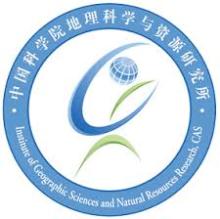Resource information
Qingdao is one of the essential growth poles in the process of new-type urbanization in Shandong Province. The study on the relationship between urban expansion and driving factors in this area is representative. This paper examined urban expansion from the perspective of non-urban to urban conversion, detailing an empirical investigation into the spatiotemporal variations and impact factors of urban expansion in Qingdao. By using the Urban Expansion Intensity Index (UEII) and Urban Expansion Differentiation Index (UEDI), the spatial and temporal difference of urban expansion in the Municipal District, Jiaozhou County, Jimo County, Pingdu County, Jiaonan County and Laixi County were calculated on a county unit data set for the period 1990 to 2008. A GIS and logistical regression models were applied for discussing the results of various factors in land use change. Results indicated that the elevation and slope factors showed negative effects to urban expansion. Distance to the city center and to road both also conferred negative effects. The population density and GDP were vital and positive factors of urban conversion. Neighborhood factors showed consistently positive effects. The magnitude of factors was various in different counties. A better understanding of the factors influencing land use change could support land use management and planning decisions.



